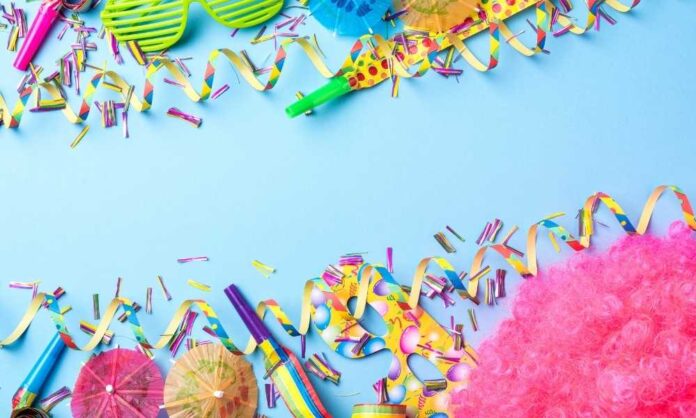There are various techniques and methods that instructional designers implement to make the programs more excited using effective Color Combination. The right choice of colors completely changes the feel and look of the course and even creates an emotional connection with the learner.
We all know that the human brain processes visual information quickly and retains it for a long. Using a perfect color combination through graphic designing tools can enhance knowledge acquisition. Learning and familiarizing yourself is important before starting the design of the course.
Set the Right Mood
The proper color combination will set the right mood for the program. It can reduce boredom, thus improving the attention and reactivity span. Colors can effectively enhance the retention and recall value of the topic. The use of warm color combination can be used to grab attention and stimulates the visual sense. To make a dull subject fun and attractive, bright colors like red and orange can change the mood.
Balance The Use of Color Combination
Bright colors indeed grab attention easily; however, going overboard can negatively impact by creating an unorganized and chaotic look. Be strategic in choosing the color and maintain the tone throughout the course. For example, dark colors should only be used with a neutral background and, more importantly, a balanced quantity. This can also be used to improve the readability of the content. Content written in soft colors appears to be smaller and farther, thus reducing the focus. On the other hand, the black font on the yellow background is clear to read and seems impactful.
Every Color Combination Has a Specific Meaning
Based on scientific studies, it is proven that every color has its significance. This might differ based on culture and geographic location. Choose the colors based on the kind of audience and their background. However, few colors are used in everyday contexts irrespective of culture. For example, red in the notebooks indicates mistakes, whereas blue indicates openness. Let us understand what each color suggests such that they can be appropriately used to set the right mood.
- Red: Color of energy, passion, excitement. At the same time, it is the color of danger. Thus, use it in relevance with the topic being covered in the module. It can also be used for indicating the urgency.
- Orange: Symbolises optimism. A dull topic can be made relatable and will enhance the learner’s creative ability.
- Yellow: Color considered for mental stimulation, cheerfulness, intellect. Thus very apt for highlighting the key points that need to be remembered.
- Blue: Peace, calm, and trust are the meaning of the usage of blue color. Perfect for complex topics, as this color might make the subject less confusing and complicated.
- Green: The color of nature indicates tranquility, growth, peace. This can aptly be used to calm down the nervous learners.
- Purple: Symbolises sophistication, imagination, and fun. As the color is soft and might be challenging to read, combining it with a bright color can set the mood for engaging the learner.
- Brown: Indicates friendliness and security. It also indicates the seriousness of the topic that can balance out the overall mood.
No Compromise on Design and Legibility
The use of right color combination will only make sense if it is readable and clear. Never compromise on the design either, as the crux of deliverables is dependant on the same. Use the tone of the color that is legible and soothing.
Conclusion
The use of balanced and right color combination can enhance the effectiveness of the course. Accord LMS provides you with ready-to-use background choices that can set the right tone for the program. You do get the option of making the required changes as per your choice.

